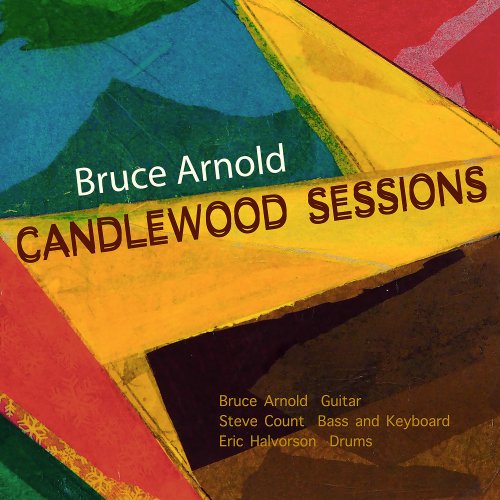Giorgio Buttitta - Maurizio Balsano: Canzoni e Danze, for Guitar (2025)
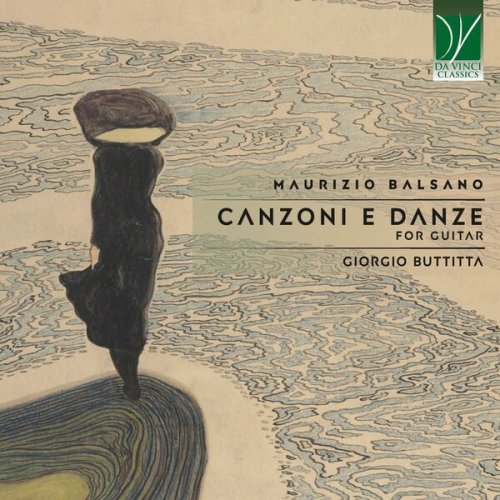
Artist: Giorgio Buttitta
Title: Maurizio Balsano: Canzoni e Danze, for Guitar
Year Of Release: 2025
Label: Da Vinci Classics
Genre: Classical Guitar
Quality: flac lossless (tracks)
Total Time: 01:11:05
Total Size: 270 mb
WebSite: Album Preview
TracklistTitle: Maurizio Balsano: Canzoni e Danze, for Guitar
Year Of Release: 2025
Label: Da Vinci Classics
Genre: Classical Guitar
Quality: flac lossless (tracks)
Total Time: 01:11:05
Total Size: 270 mb
WebSite: Album Preview
01. Canzone No. I
02. Danza No. I
03. Canzone No. II
04. Danza No. II
05. Canzone No. III
06. Danza No. III
07. Canzone No. IV
08. Danza No. IV
09. Canzone No. V
10. Danza No. V
11. Canzone No. , vol. I
12. Danza No. , vol. I
13. Canzone No. , vol. II
14. Danza No. , vol. II
15. Canzone No. , vol. III
16. Danza No. , vol. III
17. Canzone No. IX
18. Danza No. IX: La giostra
20. Danza No. X
21. Canzone No. XI: Rintocchi
22. Danza No. XI
23. Canzone No. XII
24. Danza No. XII: Vals para Alirio
In Canzoni e Danze, contemporary Italian composer Gaetano Maurizio Balsano offers a cycle of pieces that deeply engage with the classical guitar’s 20th-century heritage of folk-inspired art music. As the title suggests (“Songs and Dances for Guitar”), Balsano’s work knowingly echoes a lineage of compositions that fuse lyrical song-like melodies with characteristic dance rhythms. This lineage is epitomized by the Catalan composer Frederic Mompou’s celebrated Cançons i danses (“Songs and Dances”) for piano, a series of miniature works that draw on folk themes and styles. Balsano expands on Mompou’s model, crafting a full suite of guitar pieces that pay homage to both popular musical idioms and the classical masters who elevated those idioms.
The classical guitar emerged in the early 20th century as an instrument uniquely suited to bridging art music with popular and folkloric traditions. Under the influence of virtuoso Andrés Segovia and his circle, many composers wrote for the guitar in ways that capitalized on its folkloric associations. In Spain, composers of the nationalist school such as Isaac Albéniz, Enrique Granados, Manuel de Falla, and Joaquín Turina wove indigenous dance rhythms and folk melodies into their works, helping to “mix… Spanish folk songs and dances with a touch of French impressionism” in the concert repertoire. A special role was played by works for solo guitar: although some of these composers did not play the instrument themselves, they were drawn to its expressive possibilities and earthy timbres, often at Segovia’s urging. Turina’s Fantasia Sevillana (1923), for example, was his first piece for guitar and was explicitly based on the fiery Sevillanas, folk dances from Seville.
Among the most influential models for blending popular idioms with classical form are Frederic Mompou’s Cançons i danses. Written between 1918 and 1972, Mompou’s Songs and Dances comprise fifteen short works (originally for piano, except two later adaptations for other instruments). Each is structured in two sections: a slow, lyrical Canción (song) followed by a more animated Danza (dance). Mompou was steeped in the folk music of his native Catalonia, and most of the Cançons i danses explicitly draw on Catalan folk melodies or nursery tunes. For example, Cançó i dansa No. 3 incorporates the Catalan Christmas song “El noi de la mare,” and several others quote or paraphrase traditional sardana dance tunes. Even when not directly quoting folklore, Mompou often composed original melodies “in a Catalan folk song manner”, capturing the modal inflections and simple, haunting lyricism of Catalan folk music. This creative approach – inventing melodies that feel timeless or anonymous – is sometimes described as using imagined folk idioms. Mompou’s original pieces (such as the Dance from Canción y danza No. 5 or the entirety of No. 6) sound as if they could be age-old folk songs, even though they are newly composed. His goal was not ethnographic accuracy but the distillation of a folk essence: an atmosphere of simplicity, innocence, and ardor. Mompou’s influence extended into the realm of the guitar both directly and indirectly. Indirectly, his Cançons i danses for piano were admired by guitarists (several have since been transcribed for guitar), as they encapsulate qualities guitarists value: intimacy, clarity, and a connection to folk roots. Directly, Mompou himself contributed to the guitar’s literature at the behest of Andrés Segovia. In 1962 he composed the Suite Compostelana for solo guitar, dedicated to Segovia, which stands as a masterful example of 20th-century guitar writing. This suite of six movements offers a musical homage to the city of Santiago de Compostela in Galicia, blending regional flavor with Mompou’s signature style. Each movement of Suite Compostelana “evokes the essence” of that historic Galician city, from archaic liturgical echoes to lively folk dance. Notably, the final movement is a Muñeira – a traditional Galician dance in 6/8 – in which Mompou imitates the sound of the gaita (Galician bagpipe) on the guitar.
Gaetano Maurizio Balsano’s Canzoni e Danze emerges from the above tradition with a distinctly Italian perspective and a personal voice. Balsano’s original Italian introduction to the work (on which this essay is based) makes clear that he conceived these pieces as an homage to the spirito popolare – the spirit of folk music – filtered through a contemporary lens. Following Mompou’s archetype, Balsano structures his pieces around the dual concepts of canzone and danza: each piece juxtaposes songlike expressivity with dance rhythms, either within a single integrated form or as complementary movements. Melodically and harmonically, Balsano employs what might be called imagined folk idioms. That is, much of the thematic material is original, yet it is crafted to evoke the tonal simplicity and modal colors of folk song. Just as Mompou sometimes wrote wholly original tunes “in a Catalan folk song manner”, Balsano invents melodies that feel as if they could have been handed down through generations of oral tradition. These melodies often center on pentatonic or modal scales, use narrow ranges and repetition, and carry a plaintive or pastoral character, all of which bolster the illusion of folklore. The guitar’s idiomatic resources – open-string drones, lute-like arpeggios, gentle campanella (bell-like) effects – are used to support this aesthetic, grounding the music in the sonic world of traditional guitar playing. At times, one might imagine the music as an echo of Italian peasant songs or rustic dances that were never actually written down but live in the composer’s imagination.
Crucially, Balsano does not rely only on invented idioms; he also incorporates at least one authentic folk melody into the cycle, thereby strengthening the work’s connection to real folkloric heritage. In the third dance of the set, Balsano introduces a genuine Sicilian tune: a traditional Jolla melody. The Jolla is a Sicilian folk dance associated historically with shepherds (noted in ethnographic records as “ballo di pecorai, molto diffuso a Mazara” – a shepherds’ dance widespread in the Mazara area). Ethnomusicologist Alberto Favara, in his landmark Corpus di musiche popolari siciliane, collected and transcribed this melody (catalogued as No. 735 in Volume II of his corpus). By weaving the Sicilian Jolla theme into his composition, Balsano pays direct homage to the musical folklore of his homeland. The third dance thus becomes a dialogue between past and present: an age-old Sicilian melody, preserved by Favara’s pen, is reborn through Balsano’s modern harmonic treatment and the guitar’s polyphonic textures. Listeners may notice how Balsano harmonizes the simple Jolla tune with subtle shifts between modes, or how he develops it, introducing variations that highlight the guitar’s ability to imitate rustic sounds (perhaps the drone of a shepherd’s pipe or the rhythmic strumming of a village festa). This blend of an actual folk song with creative development exemplifies Balsano’s compositional intent – to acknowledge authentic folk sources while also extending them into new artistic territory. It is a method reminiscent of composers like Béla Bartók, who famously treated folk melodies as seeds for sophisticated compositions, and it aligns with the broader guitar tradition of arranging and elaborating folk tunes (for example, Miguel Llobet’s guitar arrangements of Catalan folk songs). In Balsano’s hands, the Sicilian Jolla becomes both a tribute to Italy’s regional culture and a building block for a contemporary musical narrative.
The culmination of Canzoni e Danze is marked by an explicit tribute: “Vals para Alirio”, the final dance in the collection, dedicated to the late maestro Alirio Díaz. This concluding waltz serves as Balsano’s homage to one of the 20th century’s most important guitarist-interpreters of folk-inspired repertoire. Alirio Díaz (1923–2016) was a Venezuelan virtuoso who studied with Segovia and carried forward his legacy, but who also, in his own right, championed the music of Latin American composers. Díaz’s performances and arrangements introduced global audiences to the richness of Venezuelan folk-based compositions – most notably the Venezuelan waltzes of Antonio Lauro, which Díaz frequently performed and recorded. His advocacy effectively bridged the European classical guitar tradition with the rhythms and melodies of South American folk. Many composers honored Díaz during his lifetime by dedicating works to him; for example, the Spanish composer Joaquín Rodrigo wrote Invocación y danza (Homenaje a Manuel de Falla) for Alirio Díaz in 1961. Balsano’s Vals para Alirio situates itself in this tradition of musical homage. It is not merely a token dedication, but an artistic synthesis reflecting Díaz’s influence. The waltz form (vals in Spanish) immediately invokes the Venezuelan vals criollo genre that Lauro and others had elevated to the concert stage. Balsano’s Vals carries the lilting 3/4 meter and romantic sway of a sentimental waltz, yet also embeds rhythmic quirks that hint at the Venezuelan style – for instance, one can hear subtle syncopations or cross-rhythms suggestive of the merengue caraqueño (a related dance) or the hemiola patterns common in Latin American waltzes. In its melodic material, Vals para Alirio sings with a warmly cantabile line, perhaps reflecting the lyrical spirit of Díaz’s own playing. The piece may also allude to Díaz’s repertoire: listeners might discern a graceful nod to the style of a Lauro waltz or a Venezuelan serenade embedded in Balsano’s phrases. By ending the Canzoni e Danze with this piece, Balsano broadens the cultural scope of his suite – moving from Italianate and pan-Mediterranean folk imaginings to a Latin American homage – and in doing so underscores a key idea: the classical guitar’s repertoire is a continuum that unites diverse folk traditions under a shared aesthetic.
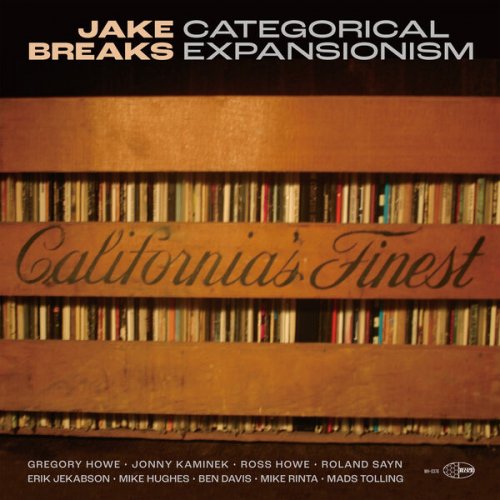
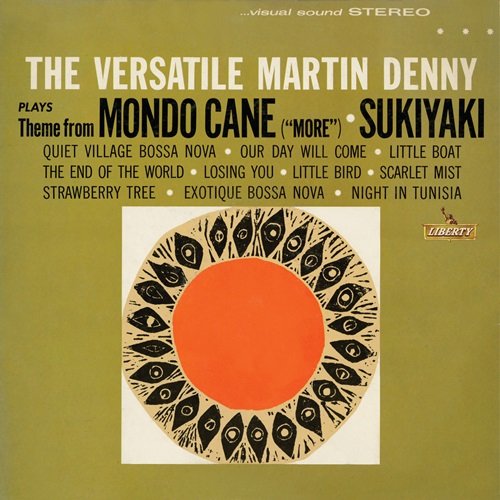
![Philipp Gropper’s Philm - Sun Ship (2017) [Hi-Res] Philipp Gropper’s Philm - Sun Ship (2017) [Hi-Res]](https://img.israbox.com/img/2025-12/22/lxfeu4bqs3xus6ku842hruzby.jpg)
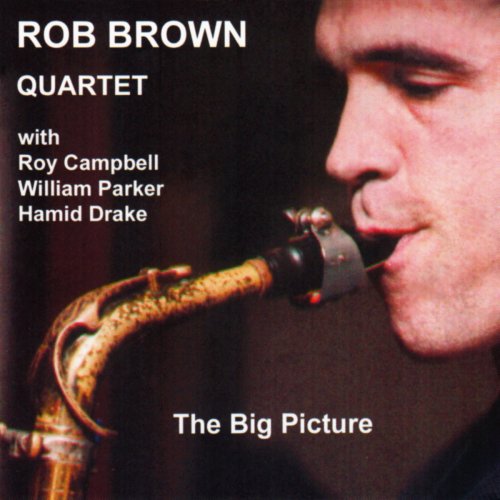

![Don Cherry, Dewey Redman, Charlie Haden & Ed Blackwell - Old And New Dreams (1979/2025) [Hi-Res] Don Cherry, Dewey Redman, Charlie Haden & Ed Blackwell - Old And New Dreams (1979/2025) [Hi-Res]](https://www.dibpic.com/uploads/posts/2025-12/1766322079_cover.jpg)
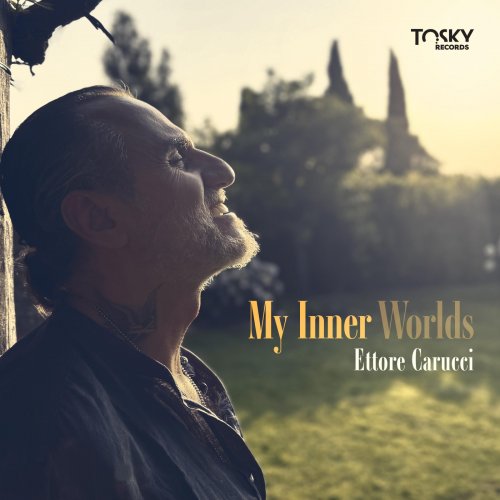
![Black Flower - Ghost Radio (2016) [Hi-Res] Black Flower - Ghost Radio (2016) [Hi-Res]](https://img.israbox.com/img/2025-12/21/9jx4xnhjd3hra5u06rbmghsre.jpg)
